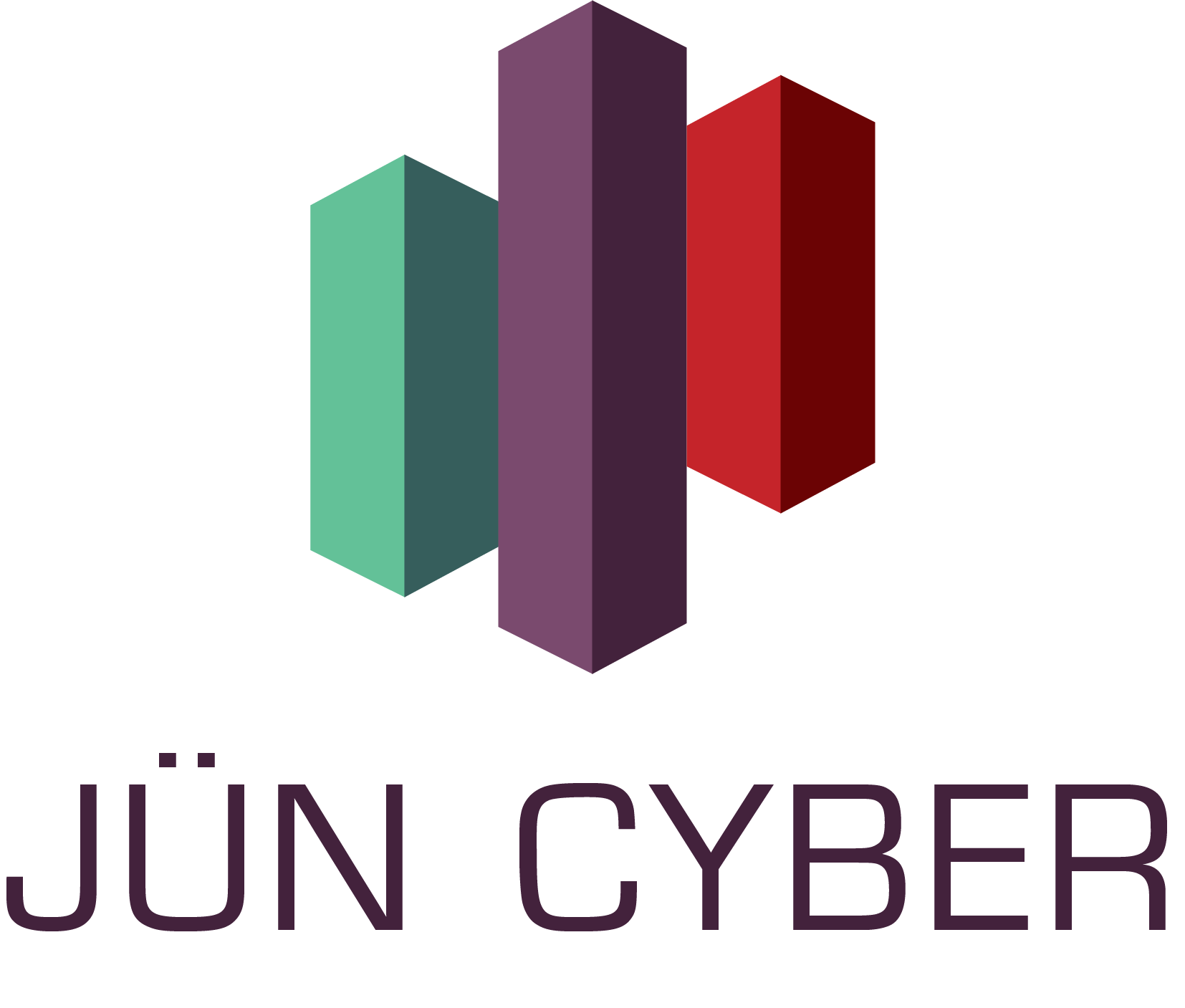The GenAI Scam Revolution: Navigating New Cyber Threats
The digital world evolves rapidly, bringing innovations that reshape the cyber landscape. Among these advancements, Generative Artificial Intelligence (GenAI) stands out as a transformative technology. However, it also introduces a darker side: the rise of GenAI scams. This blog explores how these scams represent a new era of cyber threats, revolutionize existing scams, and the steps necessary to counter them effectively.
Understanding the GenAI Phenomenon
Generative Artificial Intelligence (GenAI) refers to systems that create human-like content, from art to text, with remarkable precision. These advancements have transformed fields like content creation, personalized marketing, and customer interaction. Unfortunately, the same technology can be misused for deception and fraud.
GenAI’s mainstream adoption has opened doors to ethical and unethical applications. Cybercriminals exploit GenAI for phishing, identity theft, and social engineering scams. Its ability to mimic human behavior makes it a dangerous tool in the wrong hands, blurring the line between genuine and fraudulent communications.
Understanding GenAI is essential for both harnessing its potential and combating its misuse in cybercrime. By learning how it operates, we can better prepare to counter these evolving threats.
The Rise of GenAI Scams: A New Threat Vector
The sophistication of GenAI scams marks a significant shift in cybercrime. These scams involve hyper-realistic content, automated bots, and sophisticated mimicry, making detection more challenging. Traditional methods of identifying scams based on anomalies are less effective due to GenAI’s realistic adaptation.
Examples of GenAI Scams
- Deepfakes: Reproduce video content with altered imagery, creating convincingly real yet misleading media.
- Cloned Voice Messages: Simulate genuine calls from trusted contacts to extract sensitive information.
- Automated Phishing Emails: Personalize messages to resemble authentic communication from legitimate sources.
The automated nature of these technologies allows cybercriminals to target thousands simultaneously. This scalability makes GenAI the ideal tool for scammers seeking maximum reach with minimal effort.
Defensive Strategies Against GenAI Scams
With GenAI scams on the rise, practical defensive strategies are essential. Countermeasures should focus on disrupting attacks, raising awareness, and strengthening security protocols.
Key Defensive Strategies
- Enhanced Authentication Measures: Use multi-factor authentication (MFA) and biometric verification to add security layers.
- Advanced Monitoring Technologies: Leverage AI-based tools to detect suspicious behaviors and identify deepfakes or node relay structures.
- User Education and Awareness: Educate users on recognizing potential GenAI scams and scrutinizing digital interactions.
- Collaborative Efforts: Encourage cooperation among cybersecurity firms, governments, and tech companies to manage threats effectively.
Combining these strategies can fortify defenses against GenAI scams. As cybersecurity measures adapt, industries and individuals must remain vigilant.
The Way Forward: Fortifying Cyber Resilience
Addressing GenAI scams requires global collaboration. Cyber interference stretches across international boundaries, demanding a united front against shared adversaries. Developing standardized protocols and mutual information-sharing agreements can help neutralize threats.
Role of Regulatory Bodies and Innovation
- Comprehensive Regulations: Mandate protective measures and enforce strict compliance across sectors.
- Funding and Research Initiatives: Support advancements in detecting and combating AI-driven cyber threats.
- Emerging Technologies: Invest in innovative solutions to tackle GenAI threats.
- Skill Development: Prioritize education and research to prepare cybersecurity professionals for emerging threats.
By fostering innovation and developing a symbiotic relationship between automated security solutions and human expertise, we can rapidly adapt to new attack vectors.
Conclusion
Steadfast vigilance, proactive strategies, and technological innovation are the pillars of resilience against GenAI scams. Although the future landscape of cyber threats may be uncertain, we can forge a secure digital future with knowledge and resourcefulness.
As Jun Cyber, our mission is to protect organizations from emerging cybersecurity threats, including GenAI scams. Schedule a call with us to learn how we can help fortify your cybersecurity strategy.
For further reading on recent trends and best practices in cybersecurity, you can visit these authoritative resources:
- Cybersecurity and Infrastructure Security Agency (CISA) – Provides guidance on cybersecurity standards, alerts, and educational resources.
- European Union Agency for Cybersecurity (ENISA) – Offers reports, best practices, and regulatory insights on cybersecurity throughout the EU.
- National Institute of Standards and Technology (NIST) Cybersecurity Framework – A comprehensive framework guiding organizations in managing and minimizing cybersecurity risks.
Reference: Original article from Cyber Defense Magazine.
